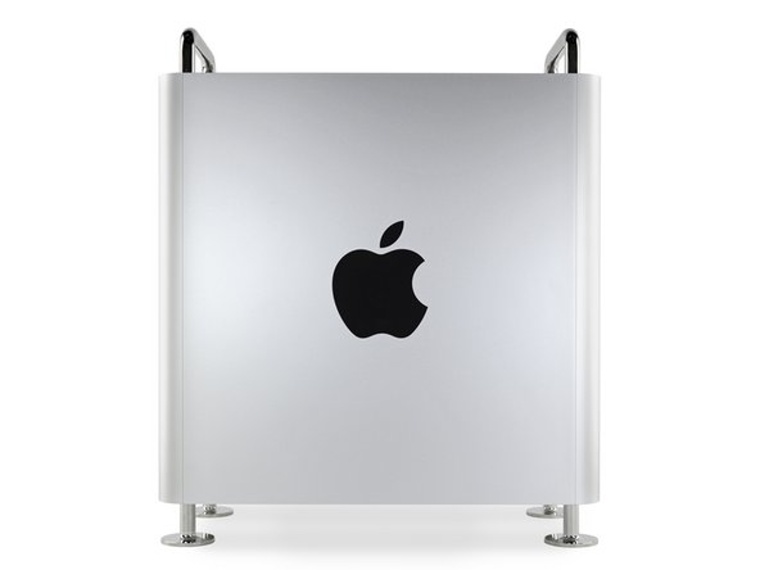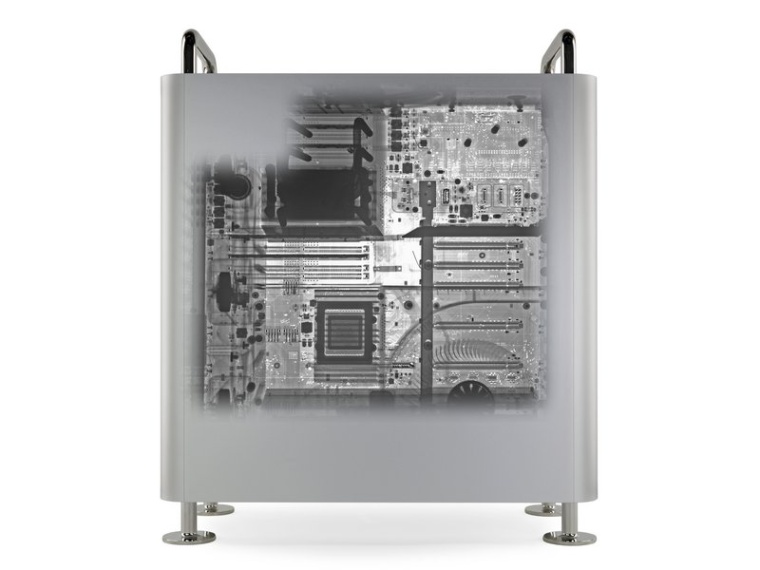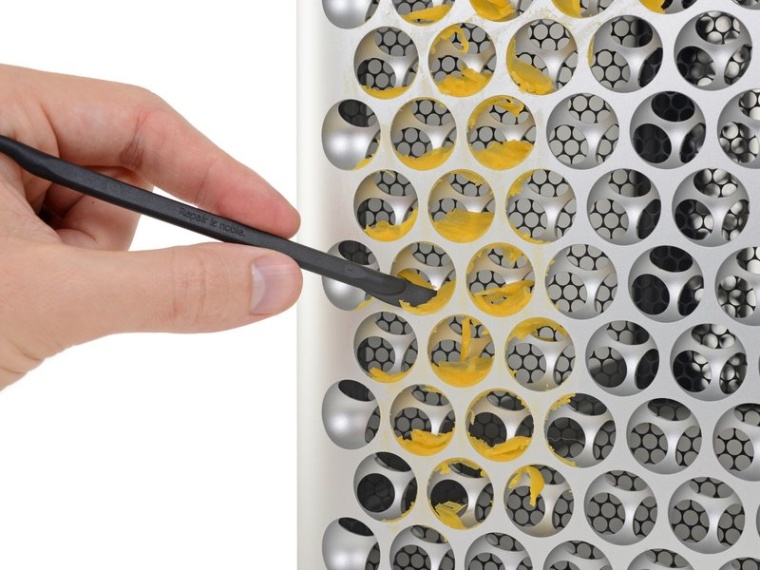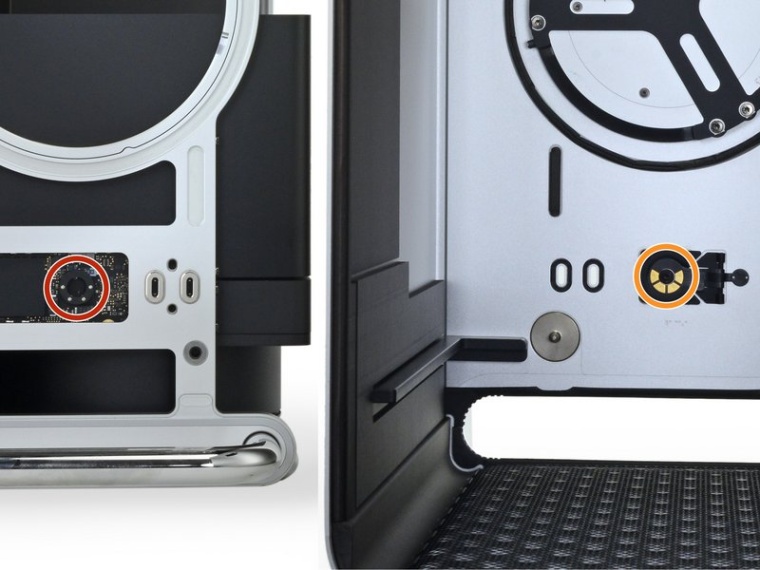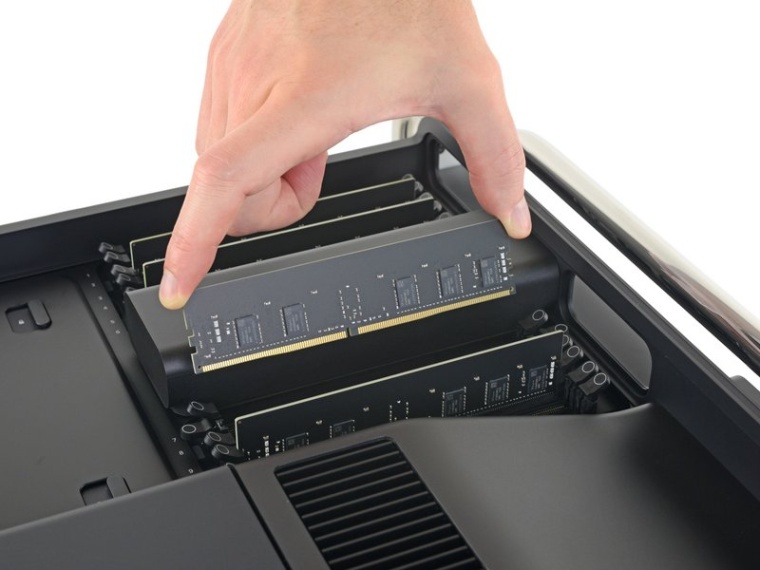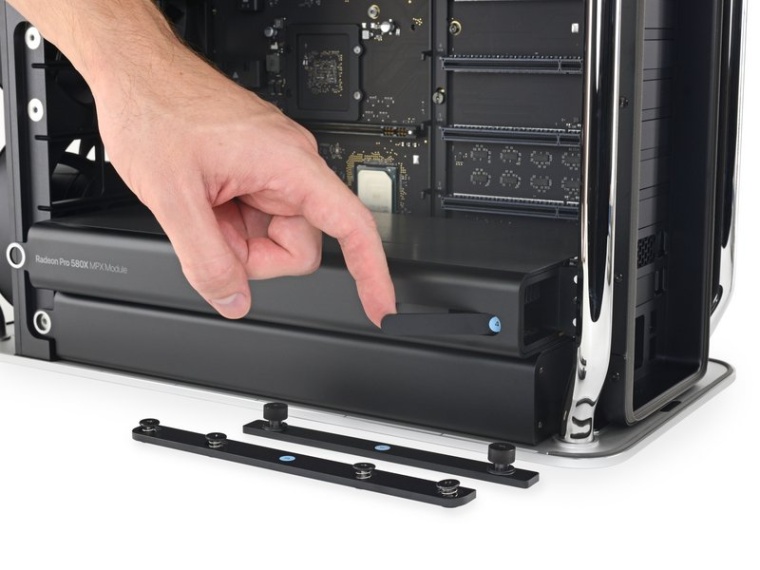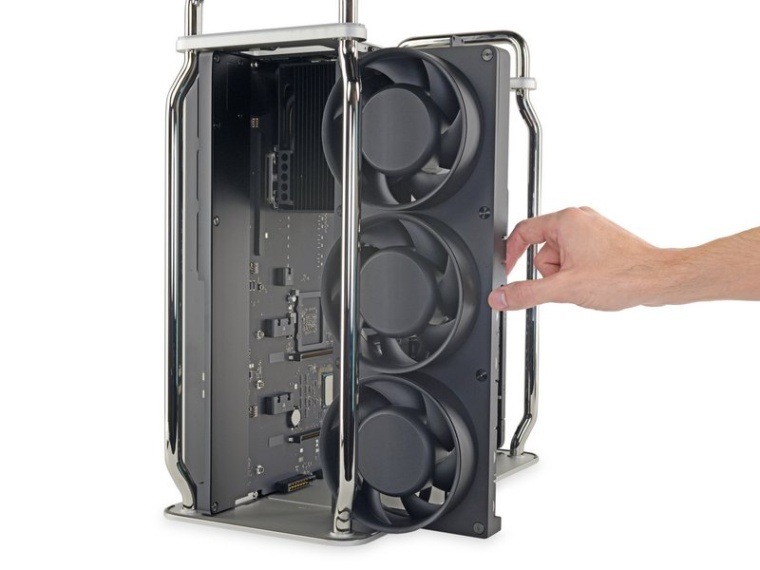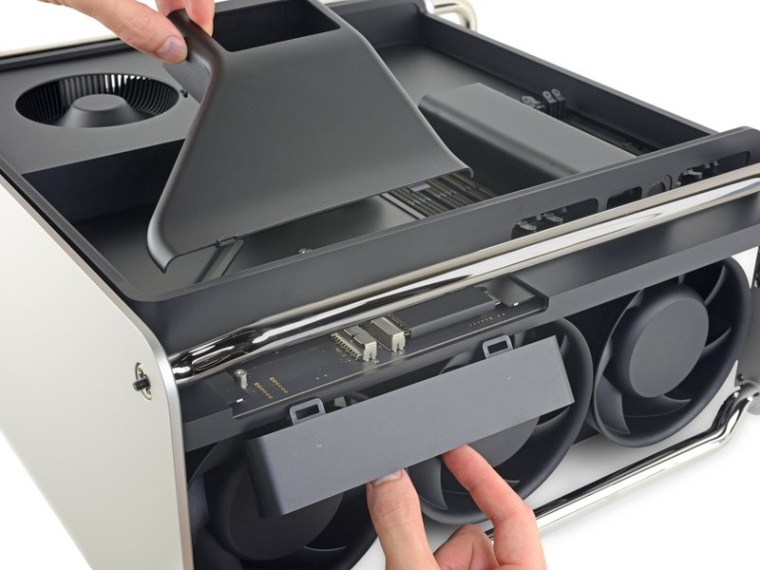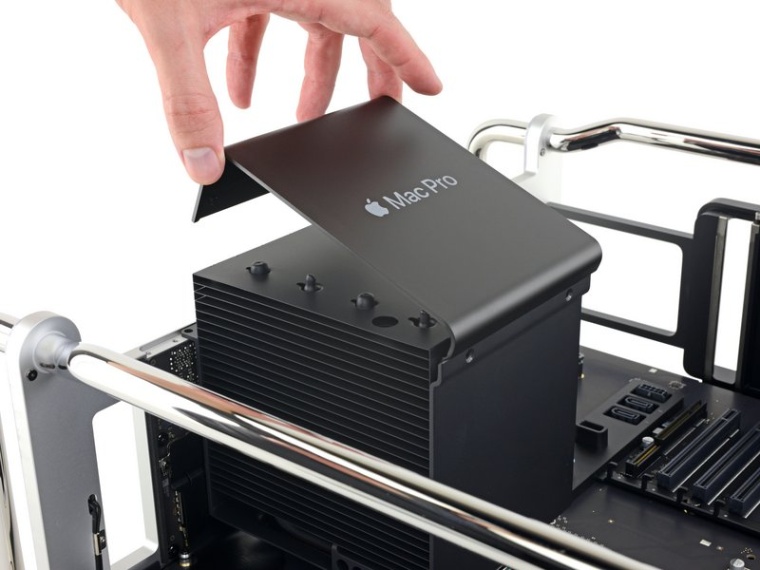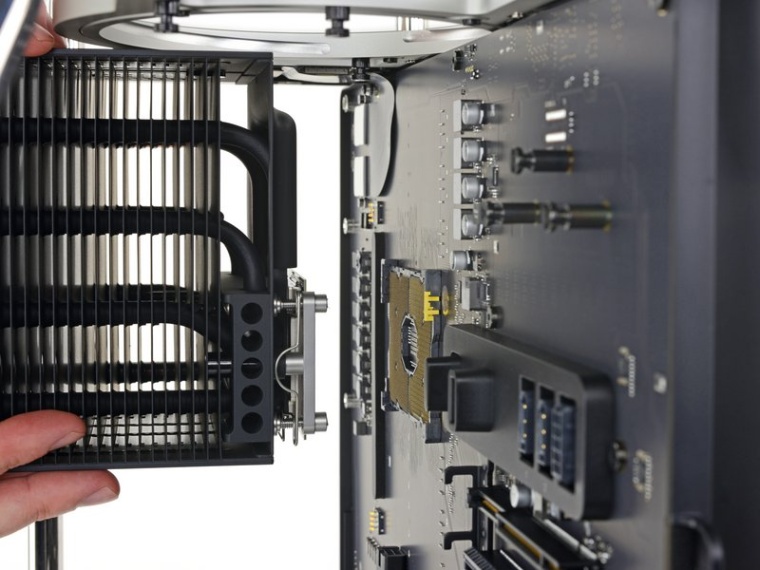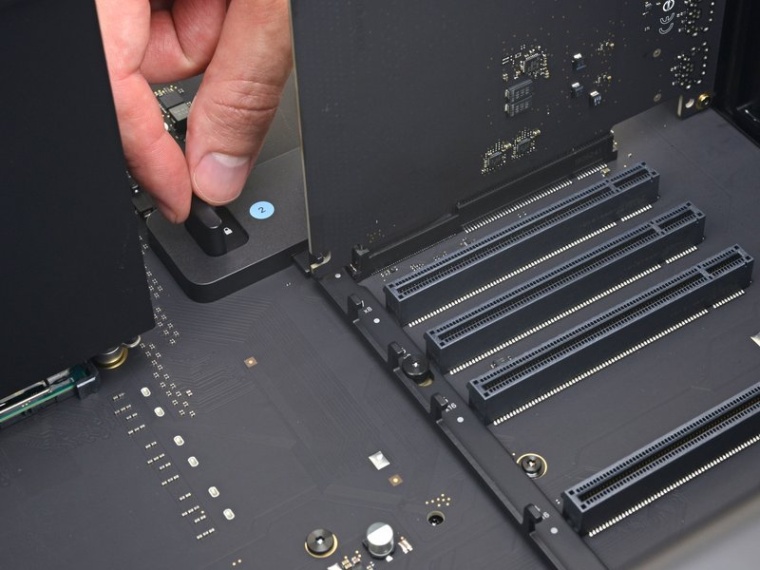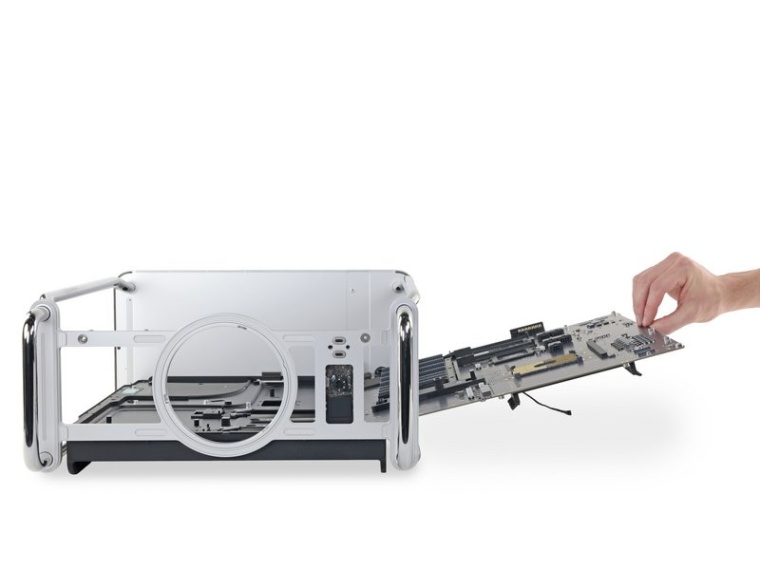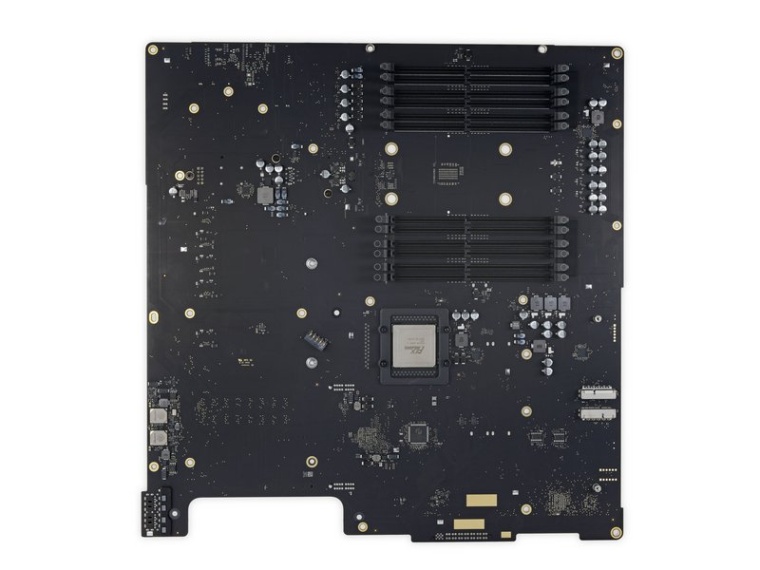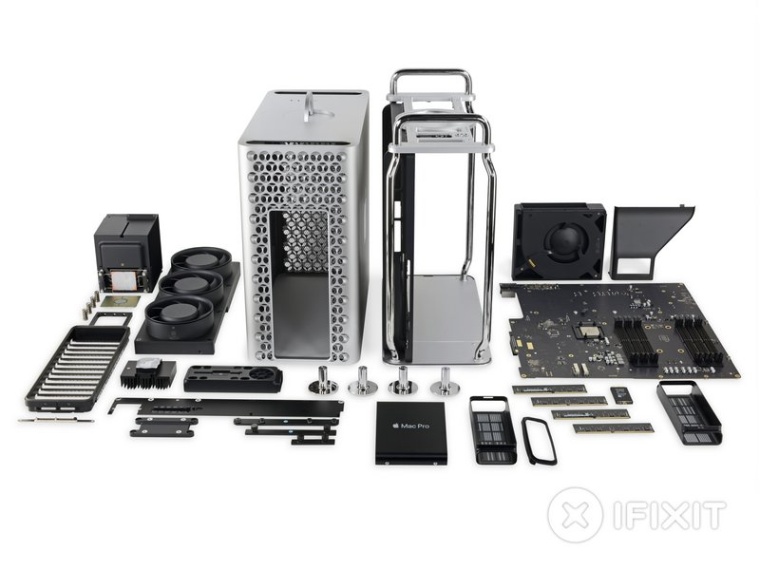Apple hasn't really excelled in repairability or user configurability of its devices in recent years. You can't put a larger SSD or RAM in most products after you buy them, not to mention more and more components are hard-soldered to the motherboard and more and more glue is used. However, the Mac Pro goes its own way, which is completely opposite to the one described above.
It could be interest you
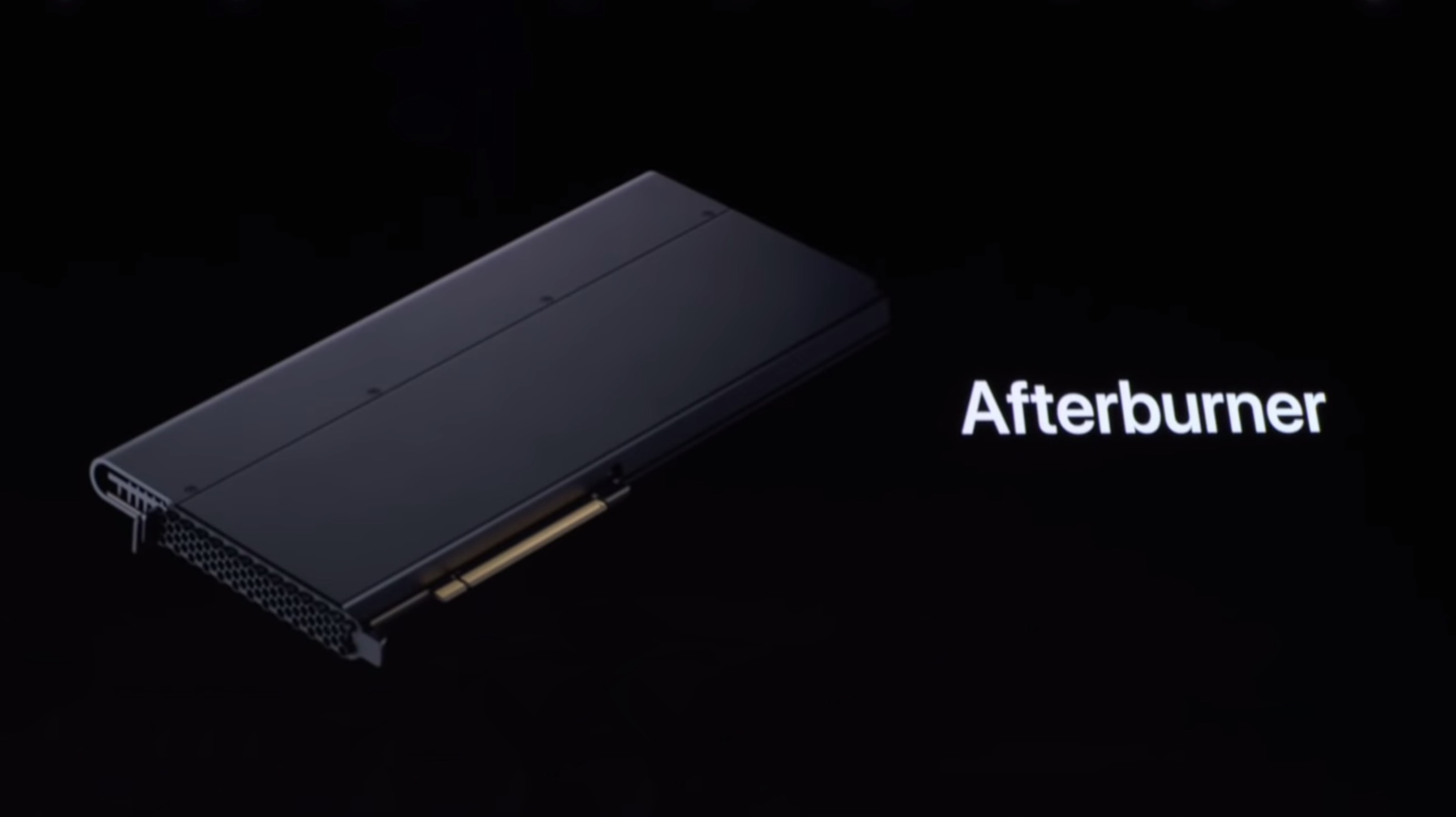
iFixit took the new Mac Pro for a spin and took a look at what's hidden under that fancy aluminum-steel skin. And as many expected, the Mac Pro is very similar to classic computers, both in terms of hardware and the internal arrangement and modularity of individual components.
The basic configuration of the Mac Pro, which costs an astronomical 165 crowns, was used to break it down. The X-ray suggests that the Mac Pro is closer to a classic computer than any other Mac in recent years. After ensuring that the front panel is not an ideal tool for grating cheese (although it may appear that way), it is time to analyze what is hidden inside.
After easy disassembly of the aluminum chassis, the motherboard with installed components and the cooling system is revealed. The interesting thing is that removing the sides of the case disconnects the power button, making it impossible to turn on the Mac Pro in this "bare" mode. As you can see in the attached pictures, replacing the operating memory is very easy, on one of the cover panels there is even a diagram of the ideal connection of the individual modules. This is definitely needed, because the Mac Pro motherboard contains 12 slots for operating memory.
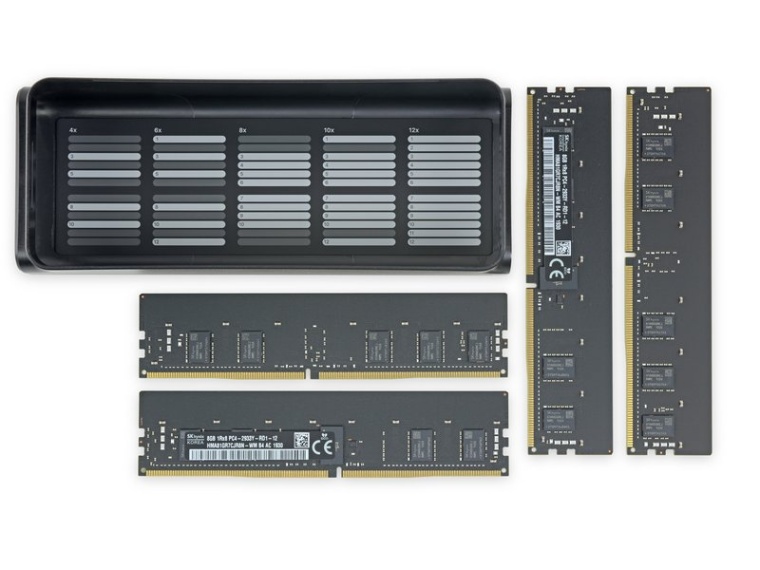
As for the individual expansion modules, they are all removable from one side of the computer and their mounts are numbered so that everyone knows which screw or lever to remove/move first. The removal of individual modules is said to be very easy, as well as their re-installation. For example, the power source is attached to the chassis with just one screw and a simple retention mechanism.
After removing the cooling of the source, the system SSD is also revealed, which is theoretically replaceable (M.2 PCI-e), but thanks to its connection to the security T2 chip, actually not. Removing the fans is very simple, as is removing the CPU cooler. Subsequently, all that remains is to disconnect some other small things, such as the integrated speaker, and the entire motherboard can come out of the chassis.
The very easy disassembly of the entire system and the modularity of most components make the Mac Pro the most repairable Apple product of recent years. In addition to the expansion modules, which are replaceable just by the logic of their operation, other important components, from the operating memory to other hardware, will also be replaceable (as soon as spare parts are available as such, whether original or non-original). The processor as such should also be replaceable due to the fact that it is fitted in a standard socket. The question remains how the software will respond to these more complex exchanges, or T2 chip. Time will tell. In any case, Apple showed with the Mac Pro that it can still make modular, repairable but still great assembled and designed products.
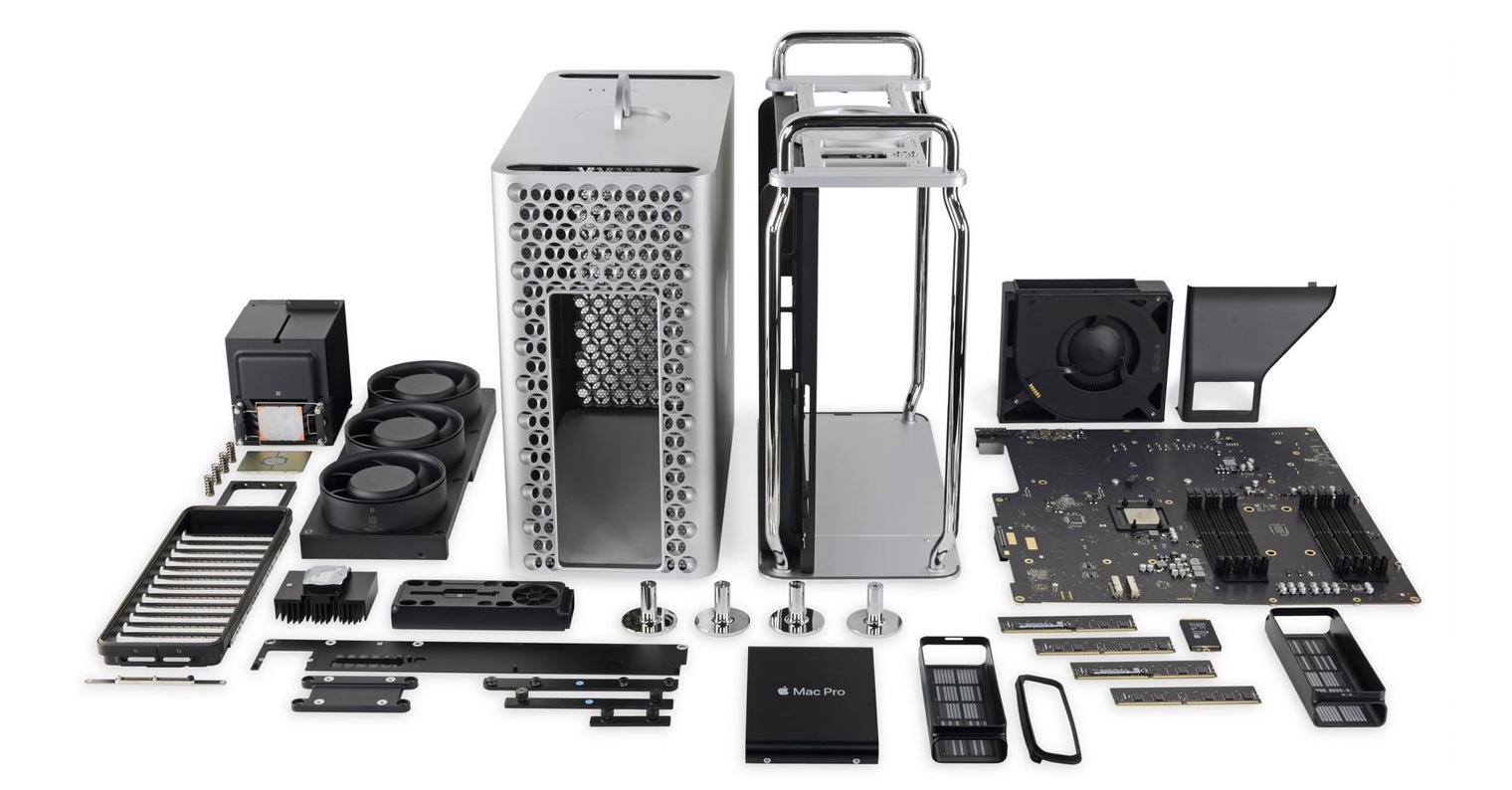
Source: iFixit
